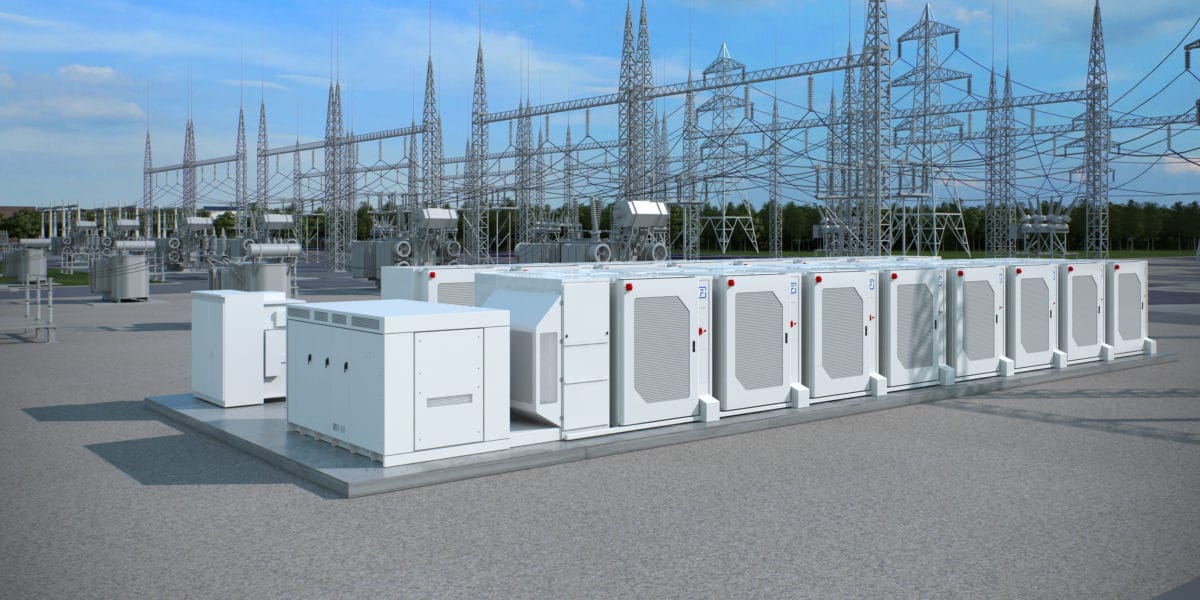The Australian Energy Market Operator’s (AEMO) Quarterly Energy Dynamics report shows battery contributions to meeting daily maximum operational demand in the NEM increased to 1.3% in the second quarter, up from 0.5% in the second quarter of 2023.
AEMO’s quarterly report shows cold weather drove record demand in the NEM in the second quarter, reaching a maximum operational demand of 32,322 MW during the evening of June 24, a 2 MW increase from the maximum of 32,320 MW in the second quarter of 2023.
The weather conditions also saw less wind and rainfall in the southern states, reducing wind generation output by 20% from last winter and an 18% drop in hydro generators. Conversely, gas-fired generation increased by 16% compared to the same time last year.
Battery generation also increased with AEMO Chief Executive Officer Daniel Westerman saying the market conditions had highlighted the important role the technology will play as renewable generation becomes more dominant in Australia’s electricity grids.
“On the east coast we have seen low temperatures and persistent cold snaps, especially in Victoria, which have driven higher morning peak demands through the tail end of autumn and the first month of winter,” he said. “The role of batteries in supporting morning and evening demand peaks became more prominent, with average generation in those periods more than doubling since last year, reflecting the significant increase in battery capacity.”
AEMO said battery generation during the morning operational demand peak averaged 138 MW during through April, May and June, more than double the 67 MW recorded in the second quarter of 2023. Generation during the evening peak reached an average of 227 MW, up 130% on the 128 MW from last year. Across all hours of the day, battery generation averaged 74 MW in the second quarter, an 89% increase on the 35 MW recorded in the same period last year.
The growing role of batteries delivered increased revenues for operators with total estimated net revenue for NEM grid-scale batteries this quarter rising to AUD 41.2 million ($27.22 million), an increase of AUD 13.6 million from the AUD 27.7 net revenue earned in the second quarter of 2023.
AEMO said the main driver for the increased net revenue was growth in battery capacity and availability, with NEM-wide average quarterly battery generation availability almost doubling from 496 MW in the second quarter of 2023 to 985 MW this quarter.
While the role of battery energy storage systems increased, distributed PV and grid-scale solar output also increased in the second quarter. Grid-scale solar generation averaged 1,417 MW, a 10% increase from 1,285 MW in the second quarter of 2023, mainly due to additional output from new and commissioning facilities.
Distributed PV output achieved its highest quarterly average on record, reaching 2,050 MW, up 163 MW on 1,888 MW in the second quarter of 2023.
Wholesale spot prices averaged AUD 133/MWh across the NEM this quarter, up 23% on the same period last year. Regional reference prices ranged from AUD 173/MWh in NSW to $101/MWh in Queensland
In Western Australia prices remained relatively flat, averaging AUD 79.79/ MWh, up AUD 0.30/MWh from the second quarter of 2023. AEMO said rooftop solar generation in the Wholesale Energy Market (WEM) increased by 49 MW in the second quarter due to sunny conditions and an increase in installed capacity.
This content is protected by copyright and may not be reused. If you want to cooperate with us and would like to reuse some of our content, please contact: editors@pv-magazine.com.




By submitting this form you agree to pv magazine using your data for the purposes of publishing your comment.
Your personal data will only be disclosed or otherwise transmitted to third parties for the purposes of spam filtering or if this is necessary for technical maintenance of the website. Any other transfer to third parties will not take place unless this is justified on the basis of applicable data protection regulations or if pv magazine is legally obliged to do so.
You may revoke this consent at any time with effect for the future, in which case your personal data will be deleted immediately. Otherwise, your data will be deleted if pv magazine has processed your request or the purpose of data storage is fulfilled.
Further information on data privacy can be found in our Data Protection Policy.